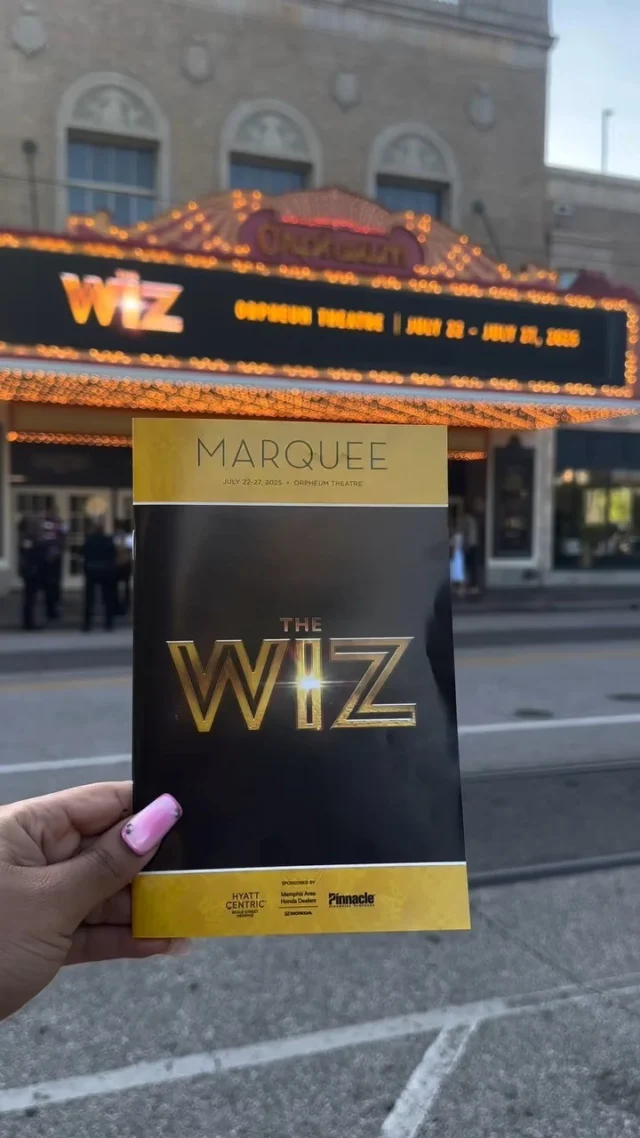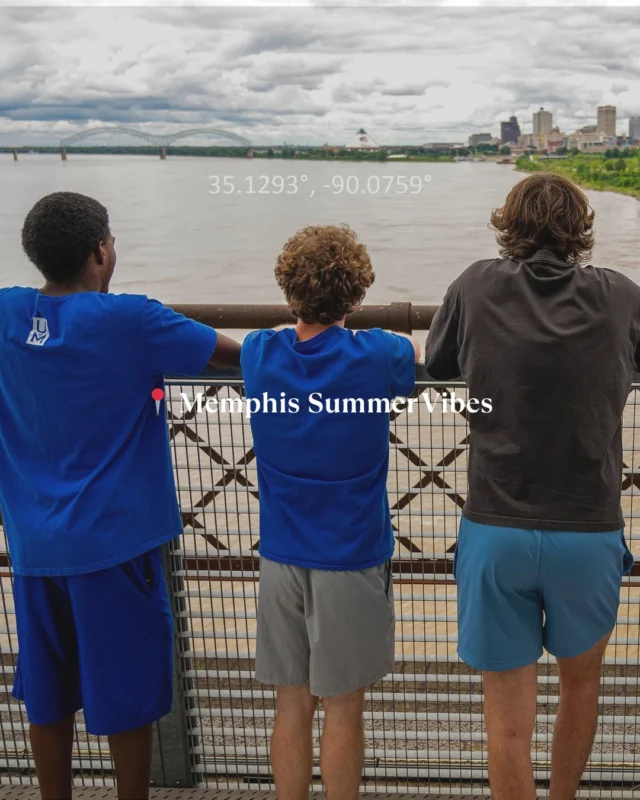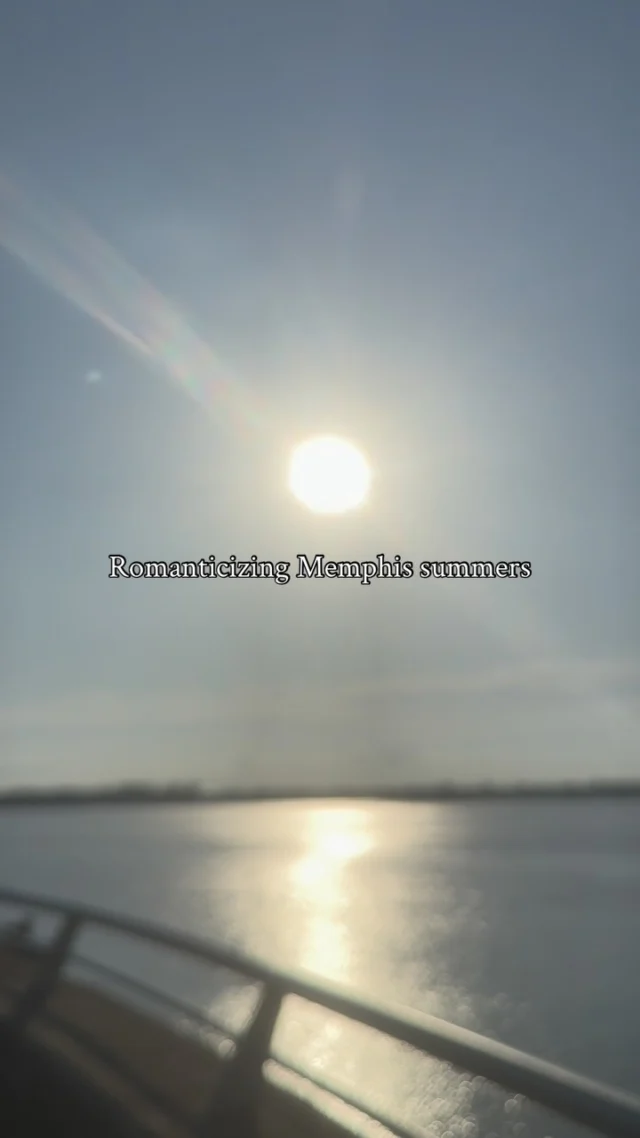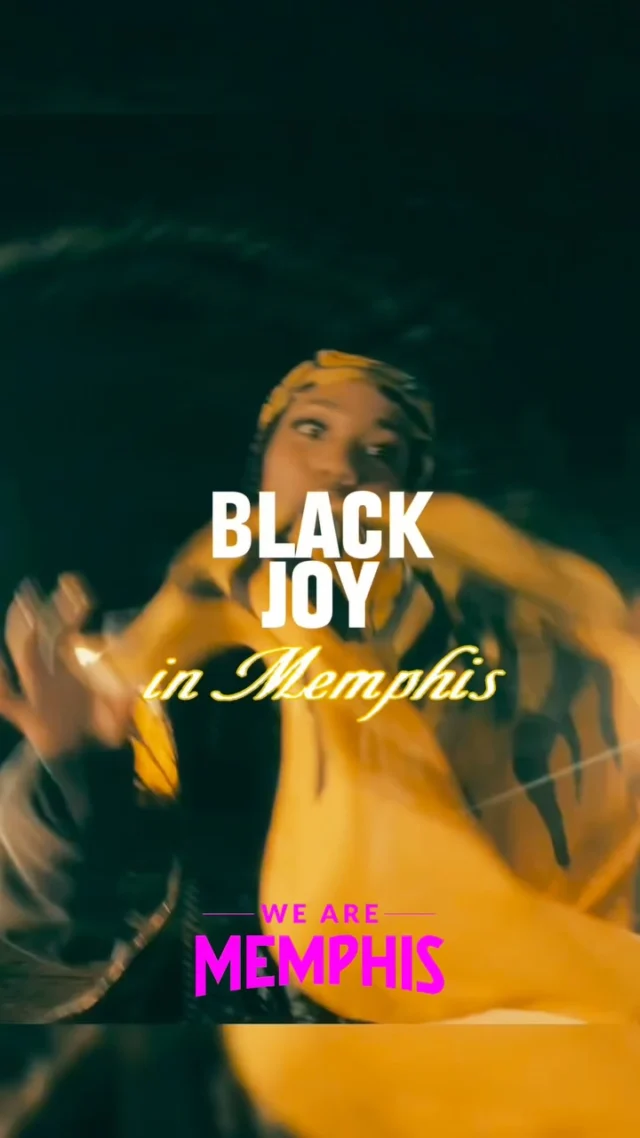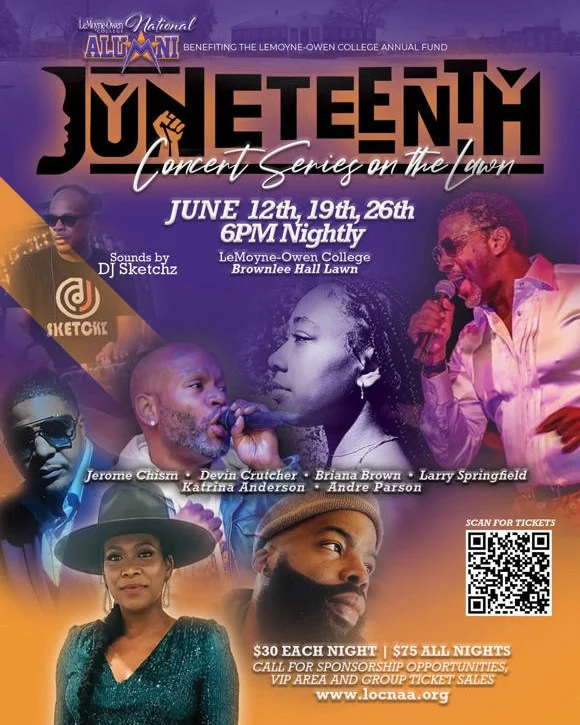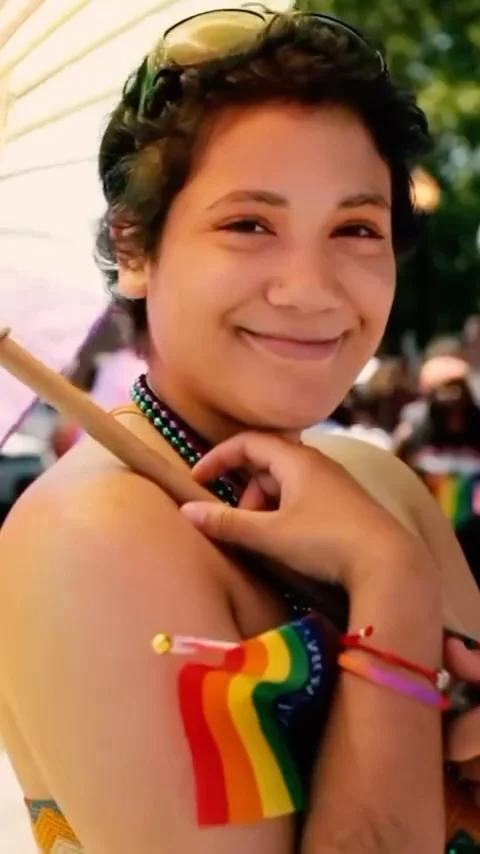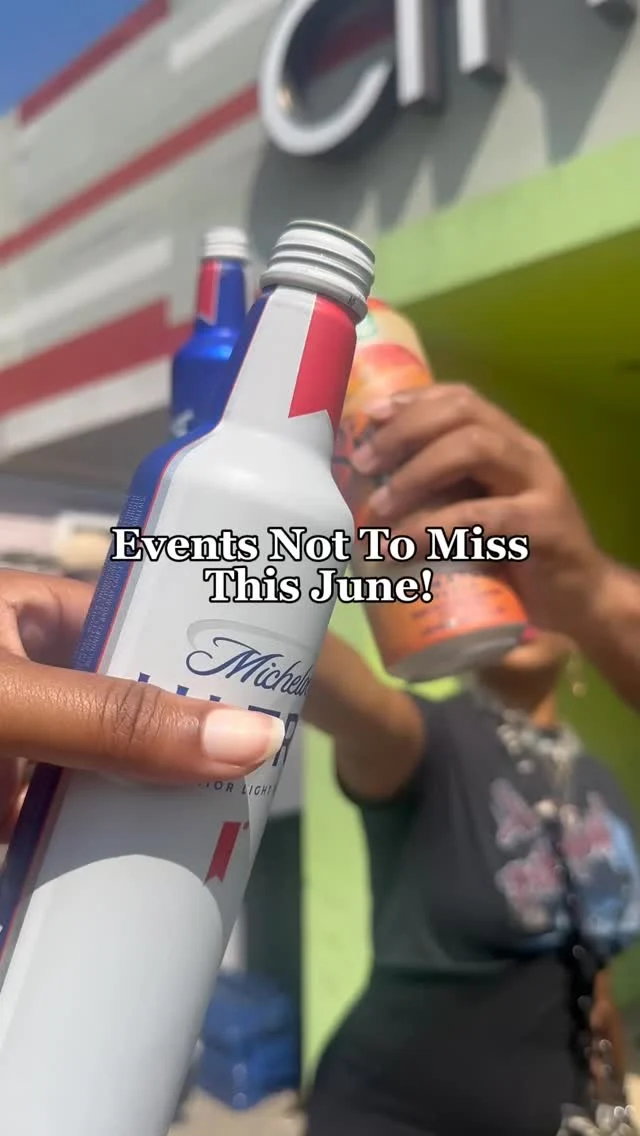By Zachary Corsa
It might be a bit circumspect to call the legendary Memphis hip-hop scene an ‘anomaly’, but in the context of a dangerous, complicated city with such a towering musical legacy, the term makes sense. The rap game’s flourished here entirely on its own terms, far from Sun and Stax, far from Graceland and Beale. Surreally-produced and voiced, often eerily-dark and well-detailed, hip-hop here comes from Frayser and South Memphis, from that ‘other’ city that barbecue-hunting tourists and Midtown hipsters rarely explore. An infamous local bumper sticker declares that “Midtown Is Memphis”, but the reality of home and work alike for the overwhelming percentage of our city is a very different one, where struggle and danger meet frustration and poverty, where the powers that be let every streetlight on a block of abandoned houses burn out, enshrouding miles of neighborhoods in a ghostly darkness. These factors haven’t just made for the best Memphis rap albums, but they’ve also made some of the best rap music the world has ever heard.
It’s no wonder that Memphis rappers have so often leaned into horror-film imagery to express the mountain of challenges faced by those struggling to just get by here. In Memphis hip-hop, the best Memphis rap albums paint a brilliantly graphic picture–the trap house is haunted, and demons taunt and tempt you from beneath every graffiti-covered overpass. The night is vast and spreads through open lots and burned-out liquor stores like a plague. The 2021 murder of local hero Young Dolph, and the shockwave it sent through the city he loved and paid back in spite of its flaws, makes the task of evaluating Memphis hip-hop history much thornier.
So against this backdrop, and with the dream-like landscape of its pioneers kept in mind, let’s take the time to briefly explore five landmark best Memphis rap albums, from the game’s roots to today.
——
Three 6 Mafia: Mystic Stylez
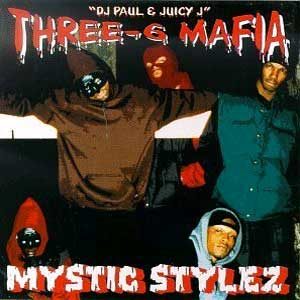
It’s impossible to begin an examination of Memphis hip-hop without first paying respect to Three 6 Mafia. When the rest of the world considers Memphis in the context of rap, this is likely where their thoughts first land. Three 6 showcased a stubbornly-independent Memphis hip-hop hustle early on, recording their own tapes and selling them via their own label, Prophet. When you consider the influences they’ve listed for their classic debut, you get a glimpse into the game-changing ingredients from which they fashioned their genius, from NWA and Geto Boys to local soul legend Isaac Hayes to UK black metal giants Venom. Mystic Stylez is still chilling in 2022, an iron-dark hellscape of drugs, brutality, cheap sex, worldly pressures, and Satanic/occult references. The beats are menacing, stalking the listener like an unseen predator, and the lyrics seem willfully designed to court controversy in an age where, just across the river in West Memphis, three teenagers were being railroaded into prison for a grisly murder based on no evidence other than a moral panic over their Gothic-aligned tastes. But despite the shadow this masterpiece still casts on the city and the game, there’s moments where pure fun effectively cuts through the murk, no more ecstatically than on “Da Summa”, which will be the Bluff City’s choice summertime cruising anthem until the heat death of the universe. Also notable are early and accomplished verses from eventual hip-hop institution Gangsta Boo, a rare but much-appreciated female voice in the local rap game. Memphis hip-hop could’ve folded its hand on this legendary high note, but thankfully it didn’t. It was just getting started.
——
Blackout: Dreamworld
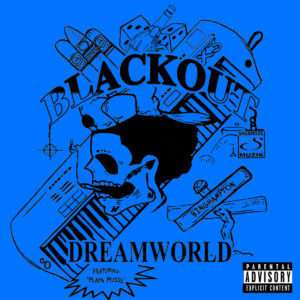
Three 6 weren’t the only Memphians on the scene delving into the dark arts over delightfully-creepy beats. Though Blackout never achieved the wider appeal Three 6 would find beyond Memphis, his work as a visionary producer is still spoken of with hushed reverence here in his hometown, and rightfully so. A mysterious figure then and now, he and two cousins were the driving force behind Snubnoze Muzik, which would issue classics from regional luminaries such as Gangsta Blac, Playa Fly, Terror, and Lil Slim. Blackout’s high watermark as producer and curator is his 1995 cassette release Dreamworld, an enveloping spectral fog of bone-crunching 808s, horror-adjacent samples, and oceans of vintage synths. Subtleties lurk in the margins of the tracks, leading to freshly-heard details on every repeat listen, with Snubnoze family representatives Lil Coop and Lil E relishing in the devilish imagery suggested by the beats, adapting perfectly-chosen flows to match each track’s demands. With such a combination, this might be one of the most dread-soaked, ominous albums you’ll ever hear. If West Coast hip-hop of the era seemed factory-pressed for cruising in lift-kit Impalas down Crenshaw beneath sun-kissed palms, Dreamworld is the soundtrack to a lonely night-drive in the crumbling industrial wastes of the Memphis outskirts, where freeways glide past rows of hollowed window-holes past which anything might be happening. Dreamworld suggests that whatever it might be, it’s probably not family-friendly. This Dreamworld remains a thrilling, harrowing nightmare.
——
Project Pat: Ghetty Green
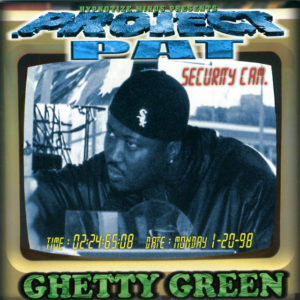
By 1999, the word was out and the buzz was overwhelming: Memphis had staked its claim as an important scene in the history and future of American hip-hop, the soaring Southern tower of ingenuity and talent that would soon be met by the mighty ‘Dirty South’ ascents of Atlanta and New Orleans. One benefit of this raised profile was, appropriately enough, the older brother of Three 6 Mafia’s own Juicy J. Project Pat had frequently collaborated with J and DJ Paul in the early 90s, but a stint in prison on a robbery beef delayed his eventual emergence as a singular Memphis rap force until 1999, when his debut Ghetty Green hit the streets. By now Prophet had morphed into Hypnotize Minds, distributed in its early years by the pace-setting Loud label, and the newly-released Pat wisely handed most of Ghetty Green’s production duties over to J and Paul, who helped attract some considerable star power to the project with features by the likes of Krayzie Bone, Noreaga, and the Cash Money Millionaires. This effort to promote geographical alliance with fellow blossoming scenes in New Orleans, Cleveland, and Queens meant that it was inevitable for more choice Memphis rap to reach ears beyond the 240 loop. Pat matches the lush, nimble production with some of his hardest, most aggressive verses, flowing as if to survive on the art alone, finally able to share his truth outside of stifling prison walls. Though his follow-up, Mista Don’t Play: Everythang’s Workin, would reach #4 on the Billboard album charts, leading to a long and respected career in the game, Pat’s never again sounded quite as raw and hungry as he does here, a soaring bird literally freed at last from his cage.
——
Yo Gotti: The Art Of Hustle
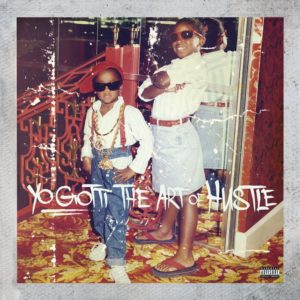
The potential for Frayser native Yo Gotti to break through in a big way had been there from the start, but it took some time before the rest of the world really caught on. After a string of solid independent releases, his major label debut Live From The Kitchen was delayed several times before finally dropping in January, 2012, spawning a few chart bangers and selling respectably. After the engaging I Am performed in similar fashion, everything finally blew up for Yo with 2016’s The Art Of Hustle, which debuted at #4 on the Billboard Top 200. Boasting pitch-perfect guest spots from Lil Wayne, E-40, Timbaland, and (especially) Future, The Art Of Hustle saw Gotti bringing an introspective and sometimes wistful flow to soul-drenched samples and heart-wrenching reflections on his city’s indisputable hip-hop legacy. On “My City”, the breakup of Three 6 weighs as heavily on his shoulders as the unending threat of Memphis street violence that even money and fame can’t suppress. He acknowledges that while Memphis is a war zone (certainly not a fresh perspective at the time), he also realizes that “no other place will be home for me…ever.” That line alone gets at the truth that runs like a fault-line beneath much of Memphis rap: this is a tough city to love at times, and learning to love it means respecting its shortcomings in the same breath as paying homage to its pull, its unflagging sense of defiantly-proud community. It’s only appropriate that this track, which starts the album, is introduced with a few flourishes of acoustic guitar; Memphis-born music that was once deemed a menace to respectable society soon grew tame through commodification, but Memphis hip-hop resists the “prettying up” of its past in the manner of a neon-drenched Beale Street. And what would the follow-up to The Art Of Hustle be named? I Still Am, of course. And Yo Gotti still is.
——
Young Dolph: Rich Slave
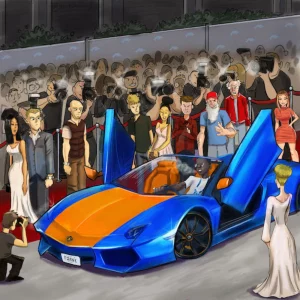
To talk about Dolph’s musical output so soon after the still-aching wound of his senseless murder feels almost blasphemous, which should say a good deal about what the man and his music left behind for us. But an omission from this list out of respect for the dead seems equally absurd, a group photograph with a massive hole carved out of its center. Already a powerhouse in the genre, Dolph’s 2020 full-length doesn’t just quality as one of the best Memphis rap albums, but Rich Slave was also a mature attempt to reckon with “the reality of being Black in this country,” in the man’s own words. Even using the word “slave” in the album’s title was widely discussed and debated at the time (as a white person, I can’t help but feel a little uncomfortable about writing the word here, even in context). Thankfully, the music on tap is anything but didactic or heavy-handed, the political subtext hinted at rather than soap-box ranted. Over a collection of colorful beats, Dolph warmly graces each with his singular low-register drawl. The same stark contrast of the trappings of wealth with the bleak reality of Memphis hood life that showed up in Gotti’s heyday are expanded upon here with brilliant results: On “Hold Up Hold Up Hold Up”, Dolph underlines the disparity with imagery that juxtaposes the life of a “rich ni**a still in the neighborhood eatin’ cold-cuts” with that of a “street ni**a, bi*ch I’m in a Bentley, doin’ donuts”. The line between these two realms isn’t blurred, it simply doesn’t exist. Dolph shares these revealing glimpses with a weary honesty that never curdles into off-putting bitterness, reaffirming painfully just how singular and generous of an artist (and person) we’ve recently lost. What else is there to say, other than that the Memphis rap game won’t ever really be the same? On one hand, Rich Slave makes clear just how far Memphis hip-hop has come (Juicy J himself dropping by to produce two tracks), while simultaneously finding comfort in a future generation’s shepherding of the genre (Dolph’s younger cousin and protege, Key Glock, guests on “No Sense” with gusto, and has since become one of the scene’s most inventive voices). From Memphis hip-hop’s past to future, Dolph represented the best of what this city can produce, even in the face of overwhelming loss and adversity. The reward makes it all the sweeter.
You may also like: Memphis Singers Female | Female Singers From Memphis




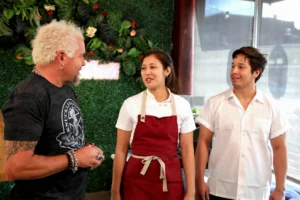


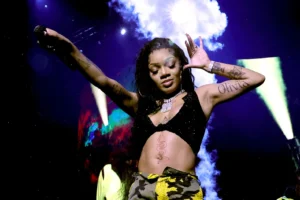
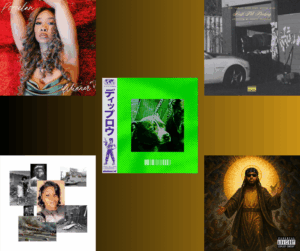
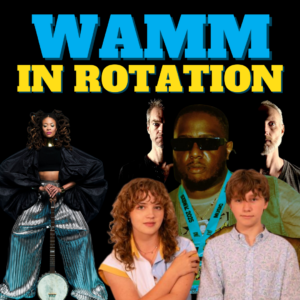



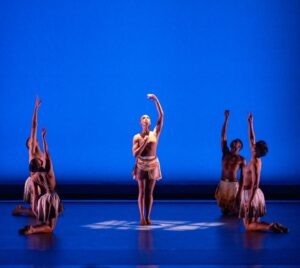


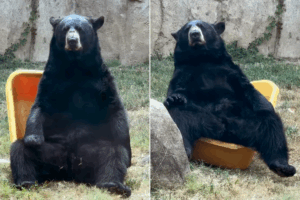
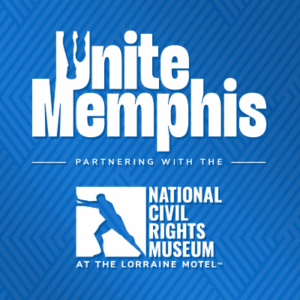
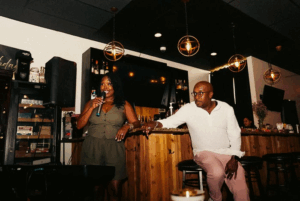




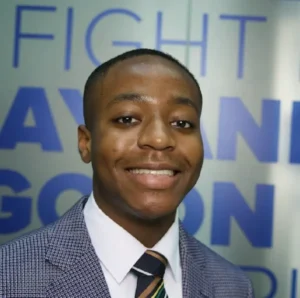


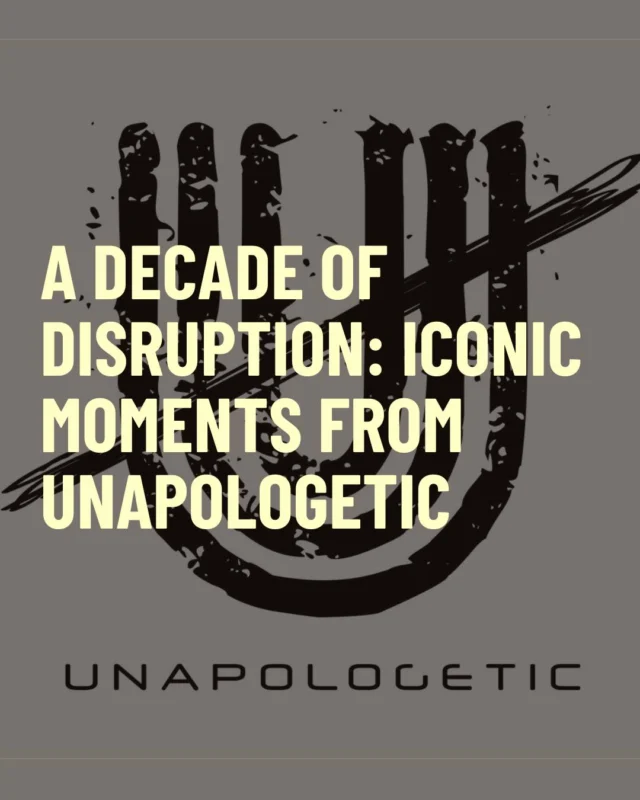


![The countdown is ON, Memphis! We’re officially 30 days out from the @unitememphis 5K + 1-Mile Walk/Run—and this year, we’re stepping into unity on 901 Day 🙌🏽
📍 Monday, September 1 | National Civil Rights Museum
🕘 Start time: 9:01AM
🎶 Food, music & fun to follow
Whether you’re walking or running, this isn’t just a race—it’s a movement. And there’s no better time to join in than now. 👟✨
🎓 COLLEGE STUDENTS: Be one of the first 100 to register using your .edu email with promo code NEXTGENUNITE and your ticket is just $10 (that’s a $32 savings 👀). Limit 2 per person, so tell a friend!
Let’s walk. Let’s run.
Let’s #UniteMemphis 💛
🔗 [link in bio]](https://wearememphis.com/wp-content/uploads/sb-instagram-feed-images/526805187_18335272954206022_6056852028660485499_nfull.webp)
